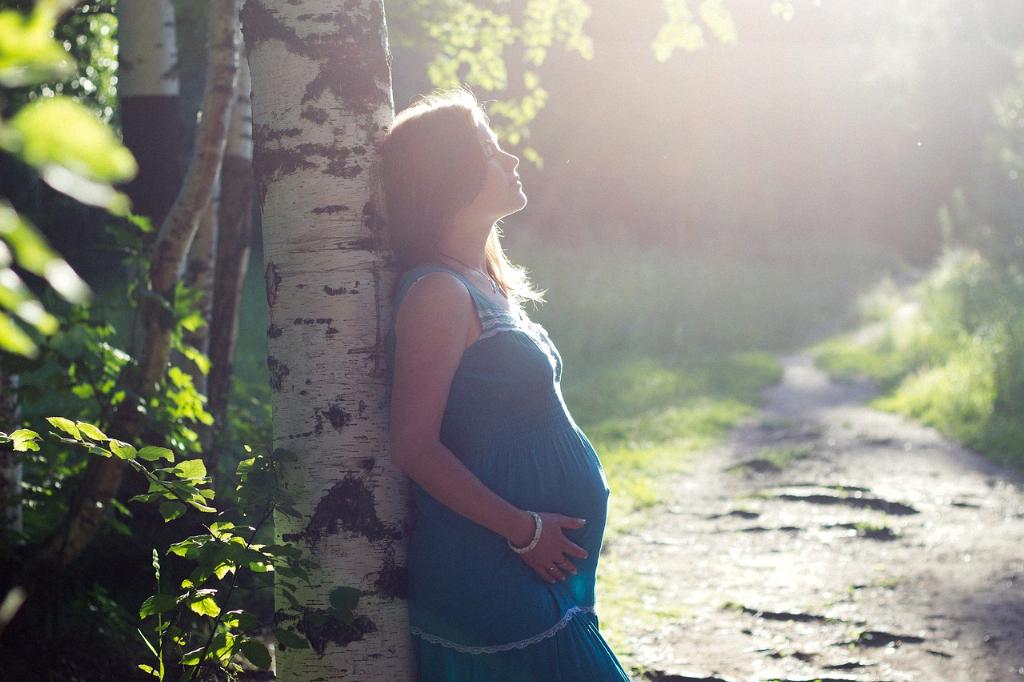During pregnancy, it’s common for women to experience various discomforts and aches as their bodies adjust to accommodate the growing baby. One such discomfort that many pregnant individuals may encounter is rib pain, particularly when the baby starts kicking and moving around.
Causes of Rib Pain When Baby Kicks
When the fetus kicks or moves inside the womb, their limbs can inadvertently press against the ribs of the mother. This pressure and movement can lead to discomfort and even pain in the rib area. The position of the baby and the force of their movements can contribute to the intensity of the pain experienced.
Location of Rib Pain
Typically, pregnant individuals will feel rib pain just under the breast on the side where the baby is situated in the uterus. This localized discomfort is a direct result of the physical interaction between the baby’s movements and the mother’s ribs.
Impact of Baby’s Position in the Womb
The position of the fetus in the womb can also influence the occurrence of rib pain when the baby kicks. If the baby is positioned in a way that their limbs frequently make contact with the ribs, it’s more likely that the mother will experience discomfort in this area.
Body Changes and Discomfort
As the pregnancy progresses and the baby continues to grow, the mother’s body undergoes significant changes to accommodate the developing fetus. These changes can put additional pressure on the ribs, making them more susceptible to pain when the baby kicks or moves around.
Management and Relief Strategies
While rib pain during pregnancy can be uncomfortable, there are strategies that pregnant individuals can employ to alleviate the discomfort. Engaging in gentle exercises, using supportive pillows, maintaining good posture, and applying heat to the affected area can all help manage and reduce rib pain.
Importance of Seeking Medical Advice
If the rib pain becomes severe, persistent, or is accompanied by other concerning symptoms, it’s crucial to consult with a healthcare provider. They can assess the situation, provide appropriate guidance, and ensure that there are no underlying issues contributing to the discomfort.
Embracing the Changes of Pregnancy
As challenging as rib pain during pregnancy may be, it’s essential to remember that these discomforts are often a natural part of the journey of becoming a parent. Embracing the changes in the body and seeking support when needed can help individuals navigate this phase with greater ease.
Connecting with Other Expectant Parents
Sharing experiences and insights with other expectant parents can also provide valuable support and reassurance. Knowing that others have experienced similar rib pain during pregnancy and have found ways to cope can create a sense of camaraderie and solidarity during this transformative time.
Staying Mindful and Attentive to Body Signals
Listening to the body’s signals and responding with care and attention is vital during pregnancy. Being attuned to sensations like rib pain when the baby kicks can help individuals take proactive steps to address discomfort, prioritize self-care, and nurture their well-being throughout this process.
Celebrating the Miracle of Life
Ultimately, while rib pain during pregnancy may present challenges, it’s a reminder of the incredible journey of bringing a new life into the world. By staying informed, seeking support, and maintaining a positive outlook, individuals can embrace the physical changes and discomforts as part of the miraculous experience of pregnancy.

